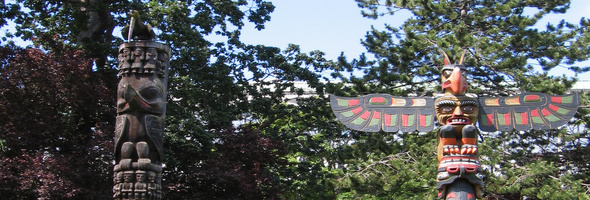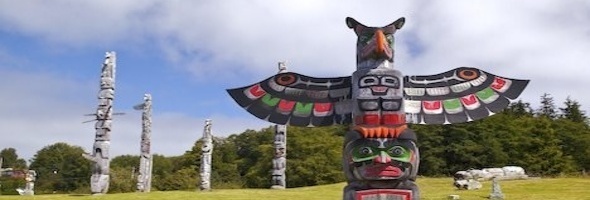
Lodur here again, this time with the second installment of Shamanism. This week I’d like to talk about my favorite area of Shamanism, Norse Shamanism. To give you a bit of background before we start, my love of Norse mythology was born in college in my classics class. The epic stories always seemed to resonate with me. I carried this over in the naming of my Characters
Here’s a little background on the name Lodur
Lodur, (Icelandic, Scandinavian) In the Norse Edda, one of the creative divine trinity who endowed nascent humanity with their own properties, thus creating a thinking kingdom of beings out of the ashtree and the alder. Lodurr’s gifts were la and laeti (skill and manner, also translated as blood and keen senses), while his brother deities Odin and Honer gave them respectively spirit and discernment.
The name Lodur is also an obscure reference to the first shaman of Odin, who carried the burden of Odin by tearing out one of his own eyes in ritualistic fashion to become closer to the god and earn his favor.
My other toon Sigrdrifa is named after one of the Valkyre’s, the one which acted as mentor to Sigurd, who is one of the Norse heroes. As you can start to see that my interest in norse mythology goes a long way.
Norse spiritual leaders had two schools. Shamanism was practiced mainly by females, a group known as the Völva. You can find reference to them in many of the texts of Norse mythology. The Völva practiced a form of magic called seiðr. This magic involved the invocation of spells to invoke spirts, manipulate the environment and seek visions.
They could work on the spirits of the wild animals and were responsible for the good luck in the hunt, executed the correct rituals in order to ensure the fertility of the earth, knew how to tune the spirits of their ancestors benevolently an more. In trances they contacted the ancestors, could be possessed by them, giving their body and their voice to the spirits in order to let them act in the world of the living . They knew how to cure diseases on a spiritual, psychological and physical level. Long before modern medicine, they had a broad knowledge about the interactions between body, soul and spirit. They also had a commanding knowledge of the available herbs and how to use them to great effect in both rituals and healing.
You can see this in Northrend in Warcraft. Lets take a gander at the Howling Fjord. You travel into the spirit world in the Quest chain that starts with Into the World of Spirits. The chain has you bring a shaman his goodies and then he sends you into the spirit world to gleam information from the spirits past. The chain follows up with The Echo of Ymiron and finishes with the Anguish of Nifflevar.I think this is pretty darn cool. (and a little cookie if you didnt already know, when you’re in the spirit world if you head over to Utgarde Keep where the ramp leads up and in you’ll be treated to a visit from the Lich King and a discussion of Shaman magic. )
You can also see this particular item in some of the NPC’s. Dragonflayer Seer’s are female magic users, throwing lightning and healing their party members, Dragonflayer Spiritualist is another form of this NPC. (You can also see Valkrye type NPCs like Annhylde the Caller and Svala Sorrowgrave.) Take a look around Northrend and see what you find. You’ll see a ton of Norse spiritualist influence there.
Until next time, Happy Healing.
~Lodur
P.S. At the goading of Matticus I’ve reinstated my twitter, Feel free to check it out
